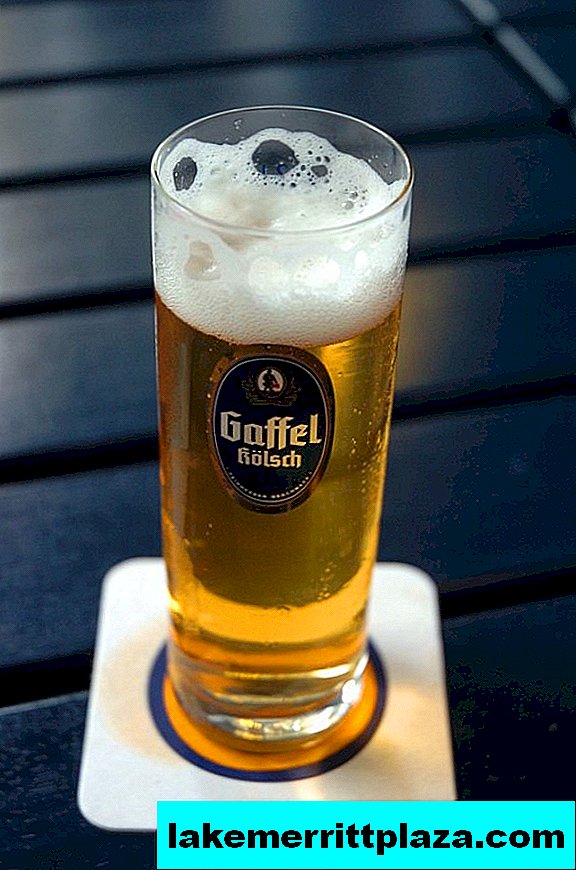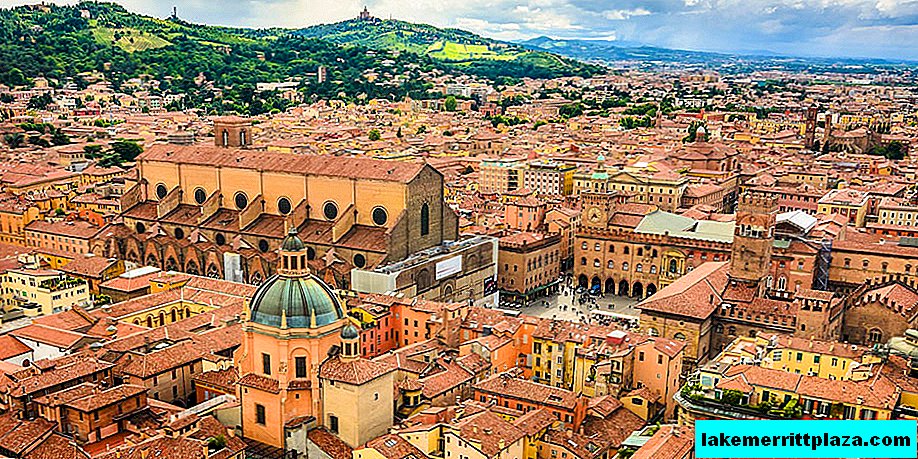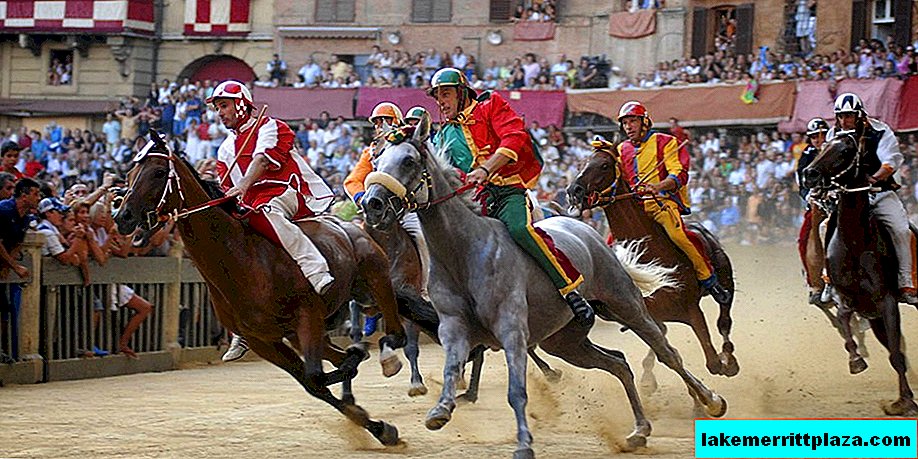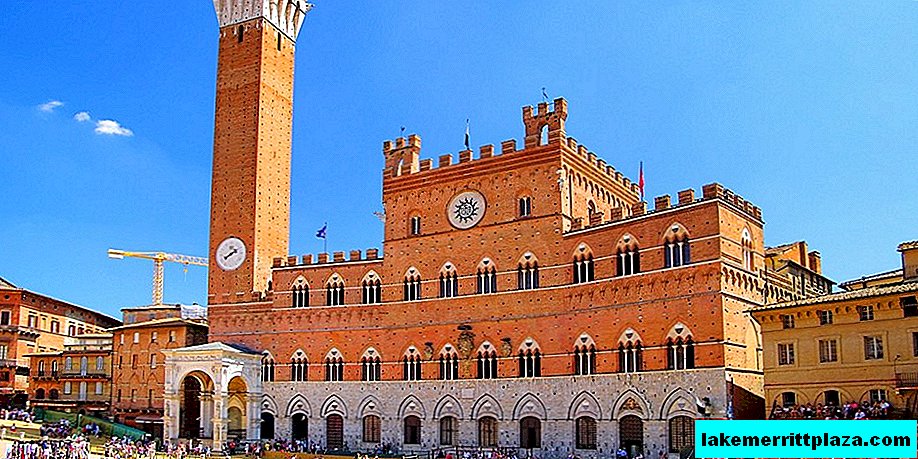Yesterday, January 24, in Rome, an unusual exhibition opened in the Quirinale Palace (Palazzo del Quirinale): everyone can see stolen art masterpieces. The exhibition, which was organized by the cultural police of Italy, takes place under the name “Reconstructed memory. Treasures that returned to the treasury thanks to the carabinieri. "
According to Italian media, the exposition dedicated to the most scandalous thefts of art can be visited by all comers until its closure, which will occur on March 16, 2014.

The Italian cultural police, which is fighting against theft and smuggling of works of art, has at its disposal almost the largest database in the world of values stolen on different continents. According to some sources, this list includes about 5.7 million stolen masterpieces.
According to the chief of the cultural police of the country, the turnover from illegal trade in art objects takes the fourth place in the world after such trade in arms, narcotic substances and financial products.
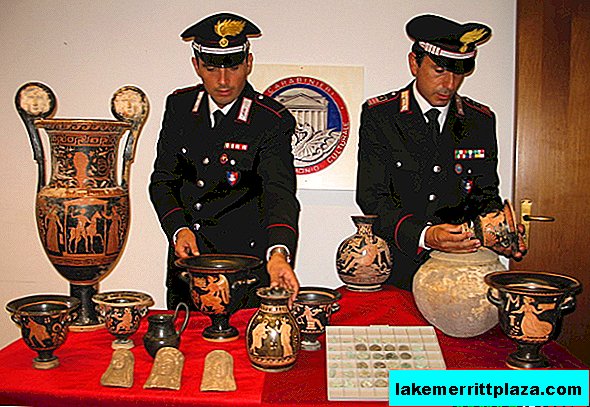
It is not surprising that Italy, which in itself is a true homeland and a storehouse of priceless works of art and architecture, became the first country to organize a special department back in 1969, which directly deals with the theft of valuable objects of painting, sculpture and other objects.
The head of the cultural police of the country, not without pride, says that his employees managed to establish the location of the legendary painting Le Nu au Bouquet (Nude and Bouquet)written by a famous avant-garde artist, Marc Chagall. The canvas was very popular among art lovers who offered fabulous sums for it.
However, in 1998, an American tycoon bought it for 1.2 million euros.
The billionaire claimed that a still life of amazing beauty would decorate his luxury yacht, but his plans were not destined to come true: an expensive acquisition was stolen in 2002. The frustrated tycoon had no choice but to hang on his ship a skilful copy of Chagall's canvas.
A stolen masterpiece was discovered ten years later in the house of a member of the leadership Juventus Football Club, Roberto Battego. As it turned out, the man could not even imagine that the picture he acquired a couple of years ago for 175 thousand euros, was stolen and sold to him illegally. However, Battego could not escape punishment for storing a stolen masterpiece of avant-garde art.
The merits of the cultural police can also include the return of the once stolen valuable books from Naples library Girolamini (Girolamini). Then the former director of the library turned out to be the same criminal who managed to take out several thousand rare works.

Visitors to the exhibition can also see the Etruscan mausoleum, which was discovered by construction workers near the Italian city of Perugia (Peruggia).
The find of the builders then amounted to as many as 23 urns with amazing and well-preserved drawings on them. As part of the exposition, the police opened their eyes to a sculpture of the Roman emperor Tiberius, which disappeared in 1971 and was discovered only a few dozen later in London.
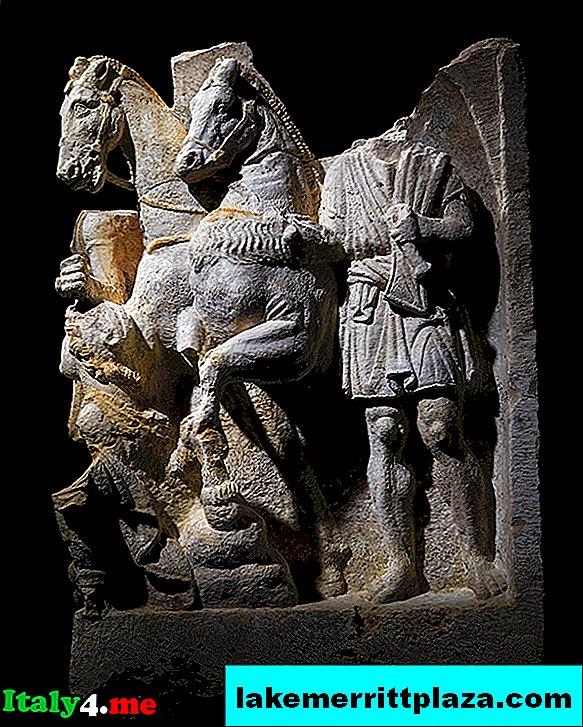
According to a spokesman for the country's president, Maurizio Capraramasterpieces of art provided in Quirinal Palace, were stolen from society in an illegal and arrogant manner with the aim of enrichment. Meanwhile, the organizers of the exposition urge residents and guests of the capital not to miss their chance and enjoy unique pieces of art, as well as appreciate the work of the cultural police of Italy.
Opening of the exhibition :January 24, 2014
Closure: March 16, 2014
Ticket price: Ingresso gratuito Domenica: dalle 8.30 alle 12.00 € 5.00 con visita al Palazzo
Address: Roma, Palazzo del Quirinale
Working hours : From Tuesday to Saturday from 10.00 to 13.00 and from 15.30 to 18.30; Chiuso lunedì
Quirinal Palace website: www.quirinale.it
View the Quirinale Palace in Rome in a larger map

